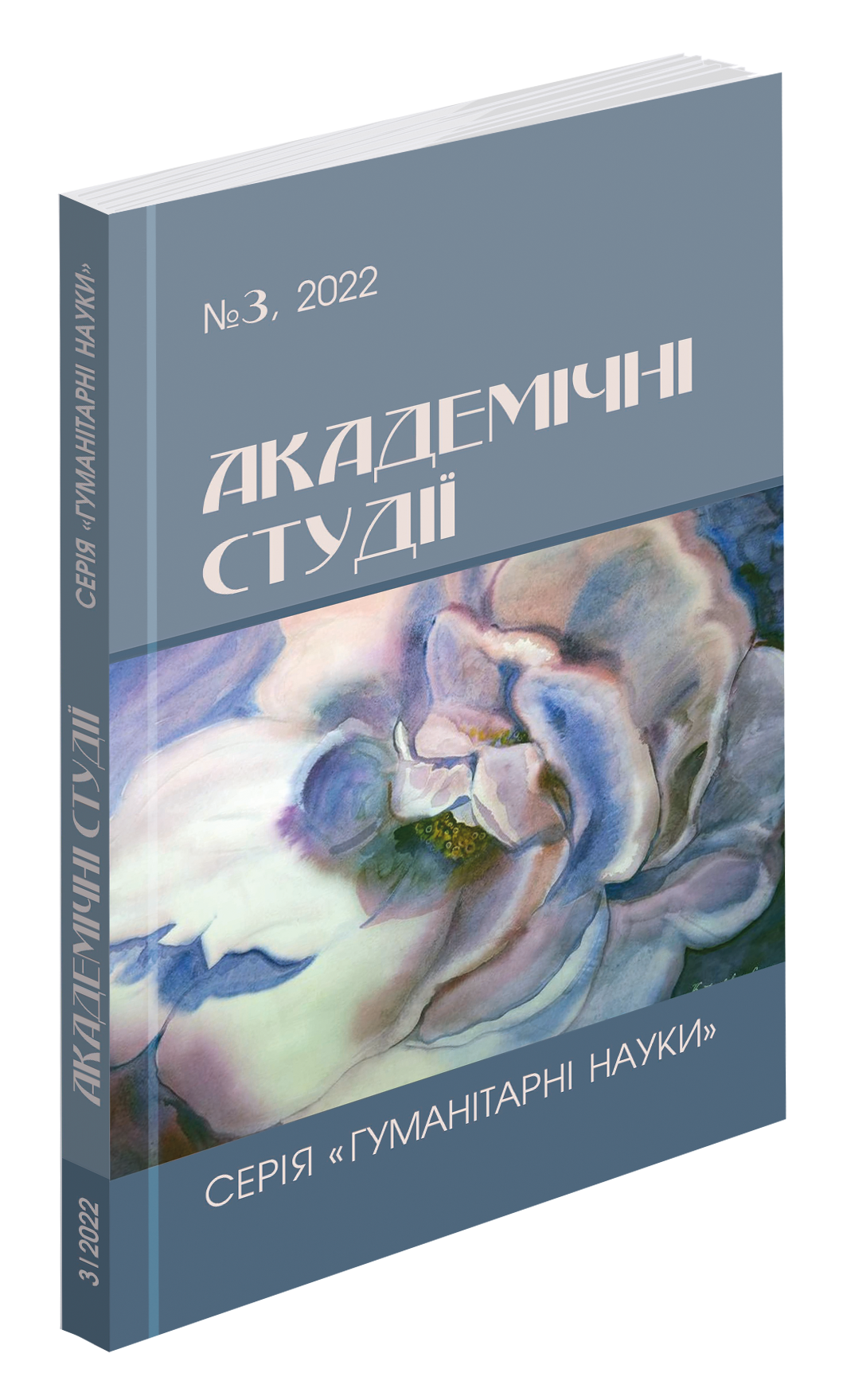Abstract
The present research is an attempt to describe the stylistic means used to create the portrait of the protagonist from “The Story of the Bandbox” written by R. L. Stevenson. One of the components of the narrative compositional form “description” – portrait – has been chosen as the subject of our investigation. Stylistic means of creating the protagonist’s portrait in the English fictional discourse have served as the object of our work. The carried out research has shown that creation of the protagonist’s portrait implies usage of different stylistic means. The most widely used ones are epithets that make up 34% of the material analyzed. The author uses such types of epithets as one-word, paired, two-level ones to describe the appearance and the inner state of the main character in the story. The used epithets are emotional and expressive. The second place is occupied by hyperbole that makes up 28%. As a rule, hyperbole is used by secondary personages of the story whose thoughts and utterances complete the general portrait of the main character. By means of metaphors the author reveals the protagonist’s cowardly character as Harry constantly puts himself in dangerous situations, he never tries to find solutions to the problems encountered. He runs away from circumstances. The number of metaphors makes up 20% of the material investigated. The fictional detail is one of the most significant stylistic means of creating the protagonist’s portrait and makes up 18%. Different types of fictional detail fulfil particular functions. The implicit detail emphasizes the prominent frightened state of the protagonist. The presence of specifying details make the story authentic and thus the figure of Harry becomes convincingly real. Harry’s love to Lady Vandeleur is revealed through a number of characterological details. As a result, we come to the following conclusion: epithets, hyperboles, metaphors and fictional details create quite an expressive image of the protagonist in the story studied. They help to compose the outer as well as inner portrait of the protagonist not only through the narrator’s attitude to Harry, but also through the secondary personages’ thoughts and attitude to him that is reflected in their direct speech.
References
Арнольд И. В. Стилистика современного английского языка. Москва, 1990. 207 с.
Барахов В. С. Литературный портрет. Ленинград, 1985. 312 с.
Гальперин И. Р. Очерки по стилистике английского языка. Москва, 1958. 459 с.
Горшенева Е. С. Портрет персонажа в системе целостного художественного текста (на материале американской реалистической прозы) : автореф. дис. … канд. филол. наук : 10.02.04. Киев, 1985. 25 с.
Калинюк Е. А. Композиционно-речевая форма «описание» в научно-фантастическом тексте: дис. … канд. филол. наук: 10.02.04. Одесса, 1999. 209 с.
Кухаренко В. А. Интерпретация текста. Москва, 1988. 190 с.
Хованская З. И. Стилистика французского языка. Москва, 1984. 344 с.
Kukharenko V. A. A Book of Practice in Stylistics. Vinnytsia, 2000. 160 p.
Stevenson R. L. Story of the Bandbox. The Pavilion on the link and other stories. Moscow, 1972. P. 231-275.
Літературознавчий словник-довідник / під ред. Р. Т. Гром’яка. Київ, 2006. 751 с.

